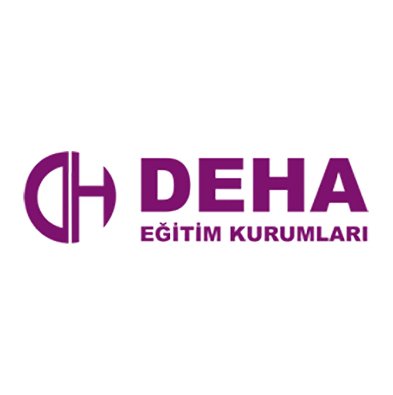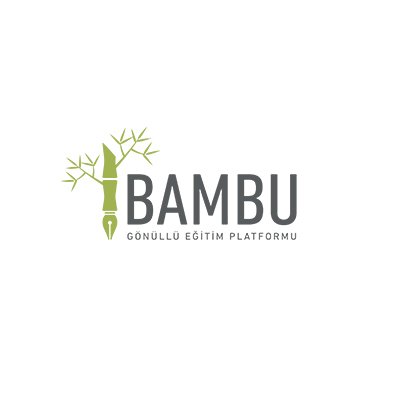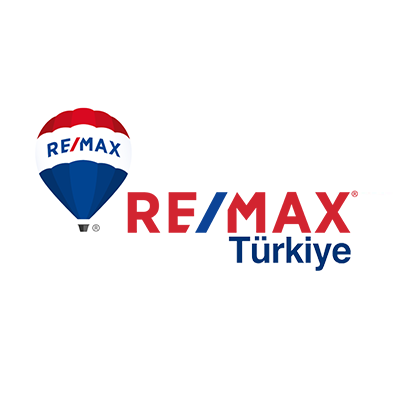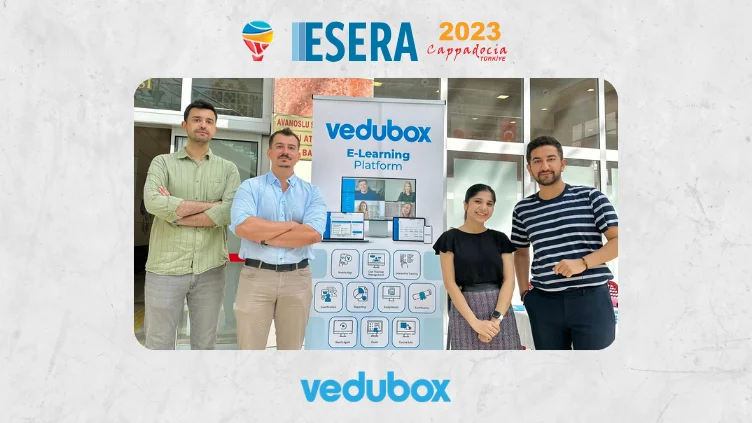Do you feel like you’re running in circles in employee training, and seek effective methods to measure your return on investment? Many businesses invest heavily in Learning & Development (L&D) without first diagnosing the real performance gaps. This approach leads to generic schedules that waste time and churn budget because they fail to pinpoint the skill gaps.
The loss is, however, easy to prevent with a detailed training needs analysis — a strategic blueprint that ensures your training is targeted, effective, and deeply aligned with your company’s most important goals.
Before diving in, let’s clarify how a comprehensive Training Needs Analysis (TNA) can transform your approach. In this guide, we’ll walk you through a step-by-step framework for conducting a TNA that justifies your L&D budget, improves employee retention, and drives business results.
What is a Training Needs Analysis (and Why is it Crucial for UK Businesses Now)?
A Training Needs Analysis is a systematic process designed to determine the gap between the current competencies and skills of your workforce and the required competencies and skills — what they can do, what they need to do, and how to bridge that difference.
In the current business climate, the strategic importance of a thorough analysis of training needs cannot be overstated.
- Closing the Skills Gap: Finding new talent and hiring staff just to close newly established skill gaps, especially in technical fields, presents a tough challenge. A comprehensive TNA, however, helps you precisely identify your needs in upskilling and reskilling your current workforce — it’s also a much more budget-friendly solution.
- Improving Staff Retention: Employee development is critical for a sustainable business, saving time and money. TNA facilitates clear career progression paths, enabling businesses to significantly reduce turnover.
- Maximizing L&D ROI: Every pound spent on corporate training should deliver measurable impact. A TNA ensures that resources are directed toward areas that will yield the greatest return, transforming L&D from a perceived cost center into a strategic investment that genuinely moves the needle for your business.
The Three Levels of a Comprehensive Training Needs Analysis
A thorough analysis of training needs examines your organization from three distinct, yet interconnected, perspectives.
- Organizational Level Analysis (The “Where”): This top-level view aligns training with the company’s strategy. While people tend to view L&D as a service provider, this approach positions them in a more strategic role as a business solution partner.
- Operational Level Analysis (The “What” ): This level pinpoints the skills and knowledge needed for each job. It examines daily tasks to identify what top performers do and sets a benchmark for effective performance.
- Individual Level Analysis (The “Who”): This level evaluates each employee’s skills and performance against role requirements and company goals. It identifies who needs training to improve or prepare for new responsibilities, pinpointing those who benefit most.
Your Step-by-Step Guide to Conducting a Successful TNA
A few basic and practical steps help L&D managers and HR directors build an effective and efficient framework for targeted employee development.
Step 1: Define Your Strategic Business Goals
Set clear business goals before planning training. Define specific outcomes, like reducing support time or increasing sales.
Step 2: Gather the Data
Here is where you collect the raw material for your analysis. Employ a variety of methods to get a comprehensive view.
- Stakeholder Interviews: Speak to managers, team leaders, and subject matter experts to understand current challenges and future needs.
- Employee Surveys/Questionnaires: Distribute structured surveys to employees to gauge their perceived skill gaps, training preferences, and career aspirations.
- Performance Reviews: Utilize existing performance data and appraisal outcomes to identify areas where individuals or teams consistently fall short.
- Direct Observation: Observe employees as they perform their roles in critical operational areas, particularly. You can identify inefficiencies or skill deficits first-hand with this method.
- Process Documentation Analysis: Review job descriptions, standard operating procedures (SOPs), and quality control reports for insights into required skills.
Step 3: Analyse the Data to Identify Performance Gaps
The definitive work begins in this step. Compare the information collected in Step 2 against the desired outcomes and benchmarks established in Step 1. So you can pinpoint the most critical skills gaps that threaten performance or prevent you from achieving your business goals.
Look for patterns, common weaknesses, and areas where current capabilities diverge significantly from future requirements. Prioritizing the gaps impacting your business growth will turn the tide in your favor.
Step 4: Report Your Findings and Recommend a Training Plan
Present your findings to senior leadership in a clear and compelling manner, clearly demonstrating the identified skill gaps and their business impact.
Propose a training plan that outlines specific learning interventions (e.g., eLearning modules, workshops, mentoring), estimated costs, and expected outcomes. You can consult your colleagues to clear any doubt that your recommendations are actionable, measurable, and aligned with the company’s budget and strategic direction.
How a Modern LMS Streamlines and Automates Your TNA Process
Manually gathering data, analysing results, and tracking progress can overwhelm your TNA process. An integrated learning management system (LMS) like Vedubox streamlines these tasks, turning TNA into a fast, data-driven operation.
Besides delivering comprehensive and efficient corporate training, Vedubox offers a platform that significantly simplifies your TNA.
- Easy Data Gathering: Vedubox’s survey and exam tools enable you to easily create and share questionnaires, collecting all responses in one place — no extra tools or manual entry are needed.
- Automated Data Analysis: Vedubox’s reporting and analytics tools automate progress tracking, identify skill gaps, and present results clearly. You get instant insights without manual data crunching.
- Centralized Skills Tracking: Vedubox keeps a real-time, centralized record of employee skills and qualifications. This feature facilitates the conduct of future TNAs and supports proactive workforce planning.
Conclusion: From Analysis to Action
A thorough analysis of training needs creates a strong foundation for your L&D strategy. By clearly defining your goals, gathering and analyzing relevant data, and presenting actionable recommendations, you move beyond reactive to strategic employee development.
A well-executed TNA transforms L&D from a cost center into a strategic growth driver. Modern tools like Vedubox make this process integrated and automated, leading to a more skilled and productive workforce. Analyzing your needs upfront ensures every training initiative is directly aligned with your organization’s goals.





















